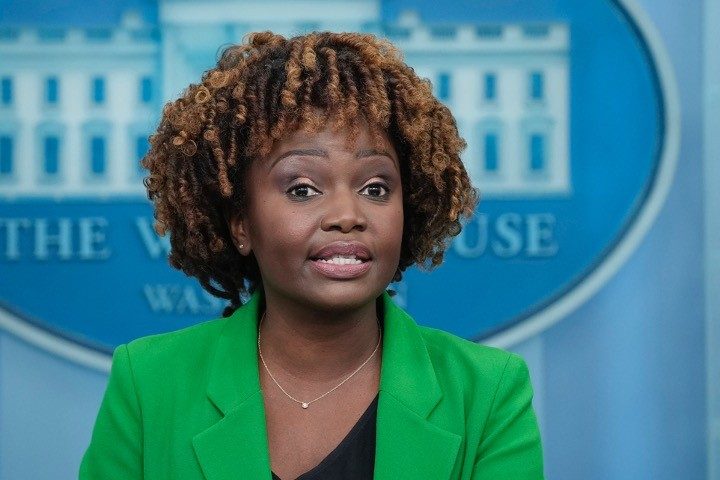
Like clockwork following the California shootings, White House Press Secretary Karine Jean-Pierre once again rolled out the canard that the Clinton-era assault weapons ban (the “Public Safety and Recreational Firearms Use Protection Act”) measurably reduced gun violence and therefore, by implication, it should be reinstated:
The last time we had an assault weapons ban on the books [1994-2003], thanks to the President [Biden was a senator then] and Senator [Dianne] Feinstein’s [D-Calif.] leadership, mass shootings actually went down.
She failed to note that the attackers in Monterey Park and Half Moon Bay used pistols and not rifles to commit their mayhem.
Biden himself repeated the lie back in March 2021 following another mass shooting:
We can ban assault weapons and high-capacity magazines in this country once again.
I got that done when I was a senator. It passed. It was law for the longest time, and it brought down these mass killings. We should do it again.
In 2004 Christopher Koper, then a research criminologist at the University of Pennsylvania, issued his third and final report on the results of the ban on gun violence and mass shootings. The document, “Updated Assessment of the Federal Assault Weapons Ban: Impacts on Gun Markets and Gun Violence, 1994-2003,” is available to the public and can be accessed here.
Said Koper:
We cannot clearly credit the ban with any of the nation’s recent drop in gun violence….
What we found in these studies was that the ban had mixed effects in reducing crimes with the banned weaponry … as a result, the ban did not appear to affect gun violence during the time it was in effect.
Koper warned that if the Clinton ban were reenacted, the reduction in gun violence would likely be too small to measure:
Should it be renewed, the ban might reduce gunshot victimizations. This effect is likely to be small at best and possibly too small for reliable measurement.
He concluded:
By most estimates, AWs [automatic weapons] were used in less than 6% of gun crimes even before the ban.
[Our research] suggests that the ban’s impact on gun violence is likely to be small.
Since Koper’s study was completed in 2004, any gradual reduction in gun violence that could be reliably traced to the ban’s impact would certainly have been noted in subsequent studies.
There have been none. But the lie that the ban reduced gun violence continues to be mouthed by politicians eager to remove firearms from private owners.

